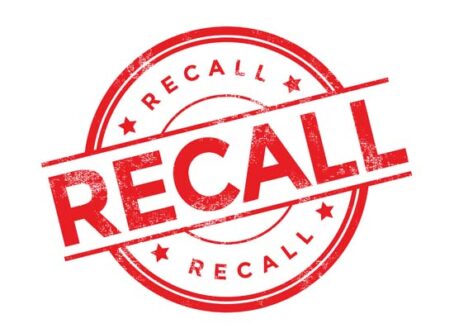EPA climate rule for heavy-duty trucks to take effect March 27
With the goal of improving the climate and reducing air pollution, the Environmental Protection Agency is issuing a final rule on heavy-duty trucks to take effect on March 27.
The EPA’s final rule, which was announced by the agency in December, was officially published Tuesday, Jan. 24 in the Federal Register. The rule will impose strict clean air standards for heavy-duty trucks beginning with model year 2027.
“We estimate that the final rule will reduce NOX emissions from heavy-duty vehicles in 2040 by more than 40%,” the EPA wrote. “By 2045, a year by which most of the regulated fleet will have turned over, heavy-duty NOX emissions will be almost 50% lower than they would have been without this action. These emission reductions will result in widespread decreases in ambient concentrations of pollutants.”
Opposition
The Owner-Operator Independent Drivers Association and other trucking groups have opposed EPA’s final rule.
“If small-business truckers can’t afford the new, compliant trucks, they’re going to stay with older, less-efficient trucks, pass along upgrade costs to consumers, or leave the industry entirely,” OOIDA President Todd Spencer said on Dec. 20 when EPA first announced that a rule was forthcoming. “Once again, EPA has largely ignored the warnings and concerns raised by truckers in this latest rule.”
OOIDA has long argued that the technology shouldn’t be mandated. The Association contends that once the equipment is proven to work properly and reduce costs, motor carriers will line up to purchase the new trucks.
In April, OOIDA Executive Vice President Lewie Pugh participated in a public hearing about the EPA proposal.
“My 2012 truck with all the latest EPA compliant technology was in the shop for repairs more than the other four trucks I owned prior to this one combined,” Pugh said. “In a period of 250,000 miles, or two and a half years, I had to have the entire DPF system completely replaced at a cost of $6,000 each time.”
While the requirements fall to manufacturers, the Truck and Engine Manufacturers Association said that trucking companies will be the ultimate decider on whether or not the final rule is successful.
“It is clear that the rule is very stringent and will be challenging to implement,” Truck and Engine Manufacturers Association President Jed R. Mandel said in a news release. “Our members are fully committed to working with the EPA and other stakeholders for its successful implementation. Ultimately, the success or failure of this rule hinges on the willingness and ability of trucking fleets to invest in purchasing the new technology to replace their older, higher-emitting vehicles.” LL









